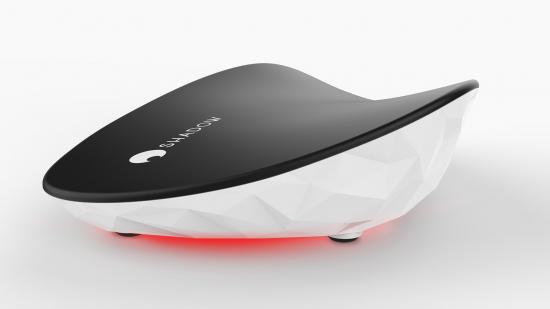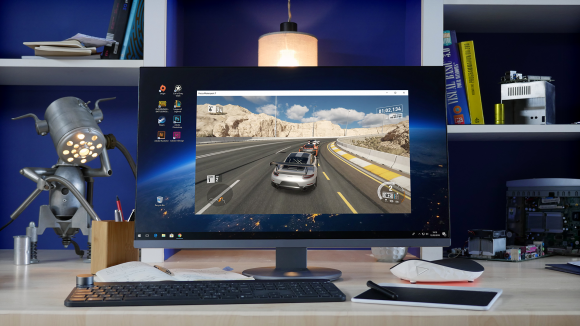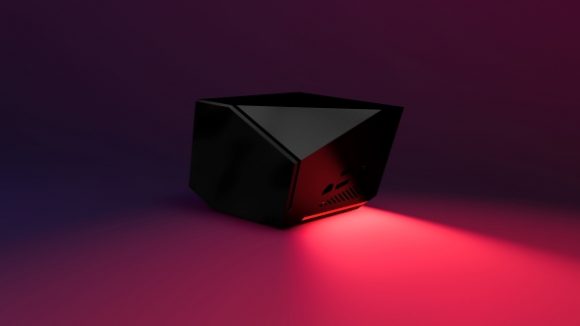The Cloud PC streaming service Shadow has ditched AMD’s embedded CPU solution for its latest streaming box. Instead, the company has opted for a new passive design powered by an ARM chip, which Blade is hoping will – along with further improvements and expansion to the service – manage to fend off the tech giants looking to cloud gaming in the near future.
Shadow is a cloud streaming service from Blade that offers gamers a GTX 1080-powered PC up in the cloud for use across desktops, PCs, and mobile devices. Blade owns a warehouse full of Nvidia GTX 1080 graphics cards (or Quadro equivalents), Xeon CPUs, memory, and storage all ready to go at a moment’s notice through the power of the internet.
Essentially, you only need a lightweight device to do a little video processing to draw all that power from up in the clouds and down into your device. Blade makes its own device to act as a host for the gaming PC if you want it, and that’s the Shadow Box. The first iteration featured an AMD embedded CPU, a small heatsink and accompanying fan to cool it, and is 191 x 159 x 110mm in size.
But the new box, the Shadow Ghost, features a much more low-profile design, coming in at just 182 x 123 x 50mm. It’s totally silent thanks to its fanless design and supports 1080p streaming at 144fps for super-smooth gameplay, or 4K at 60fps. While there’s a similar loadout of ports on the unit – it still comes with multiple USB ports in both 2.0 and 3.0 flavour, ethernet, and HDMI – there’s been some significant improvements to the connectivity on all fronts. That includes: 2.4GHz and 5GHz WiFi, Bluetooth 4.1 support, and HDMI 2.0.
“We have a new Shadow Box: the Ghost,” Emmanuel Freund, founder and CEO of Blade, says. “Basically you have the WiFi and Bluetooth inside, but the main thing is it’s fanless. It’s replacing the desktop tower, but it’s zero-noise.”
So thanks to its ARM-based processing, Shadow has reduced the heat output and the box’s power consumption – which is now three times less than the AMD-powered box. The Shadow Ghost will also be the same price as the initial device – priced at €120 outright, or €7.95 extra on a Shadow subscription to rent.
Of course, you don’t actually need the Shadow Box for the service to function. We’ve tried the streaming tech out for ourselves, turning a super slimline Dell XPS 13 into a GTX 1080-powered gaming rig, and we’re pretty convinced us hardware journos’ days are numbered with streaming stomping into the spotlight.
“We improved the tech, of course,” Freund says. “But the main change is that now the world’s convinced, we don’t need to explain to everyone that cloud is the future of gaming. There are a lot of people that have started to go on it, Microsoft, Google, everyone’s starting to do their own tech that will launch in one year, two years, three years from now. Every gaming editor says that cloud is the future of gaming, and we have the best tech right now in the world. That’s quite a neat place for us to be.”
But, if we put the inevitable death of hardware reporting into the back of our minds for one second, there’s a whole lot of potential in cloud streaming, and Shadow is the best service we’ve come across that gets the job done with minimal latency. With the new Shadow Ghost box and plans for ongoing improvements and expansions, Blade is evidently trying to make the most of its hard-fought head start in cloud gaming before the tech giants of the world start to compete in the space themselves.


